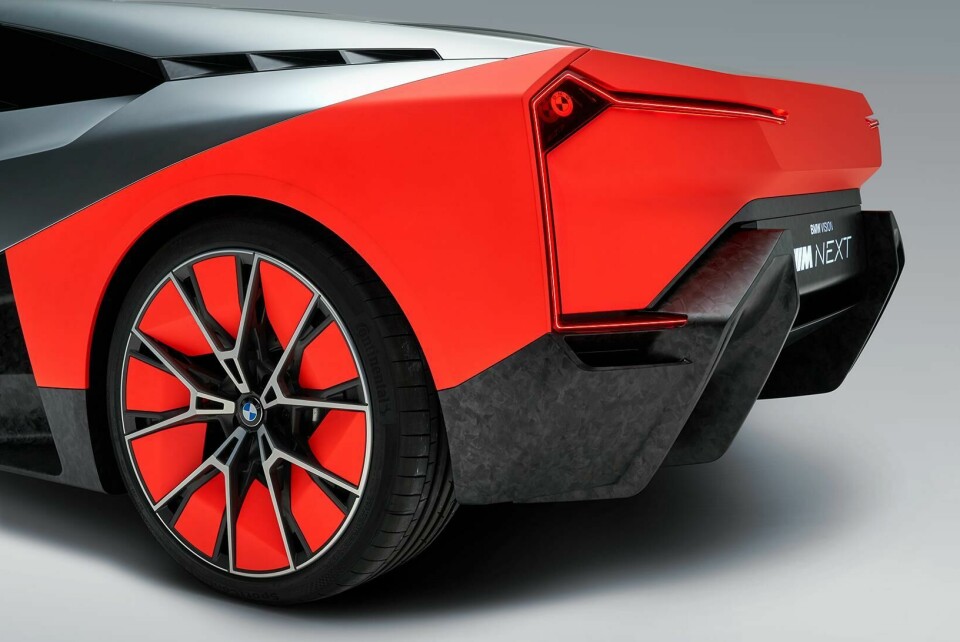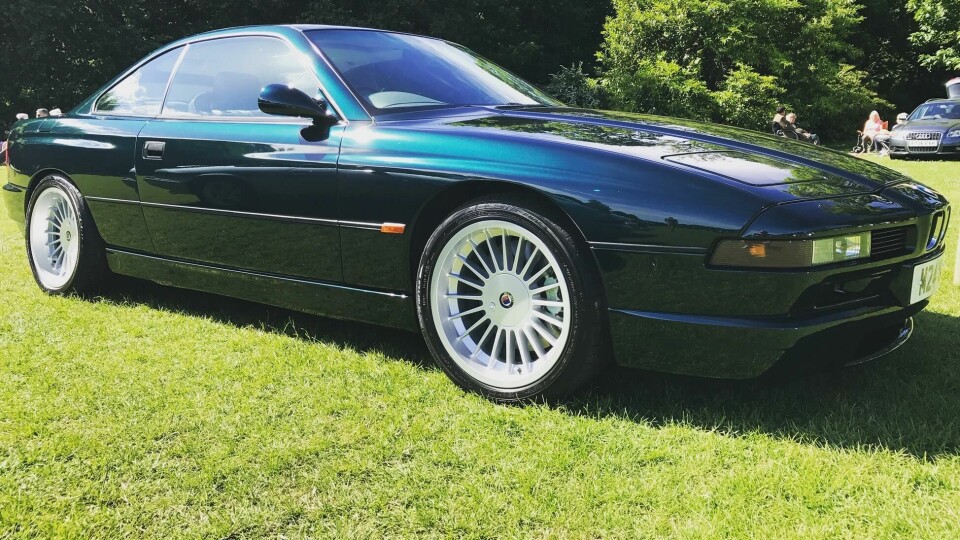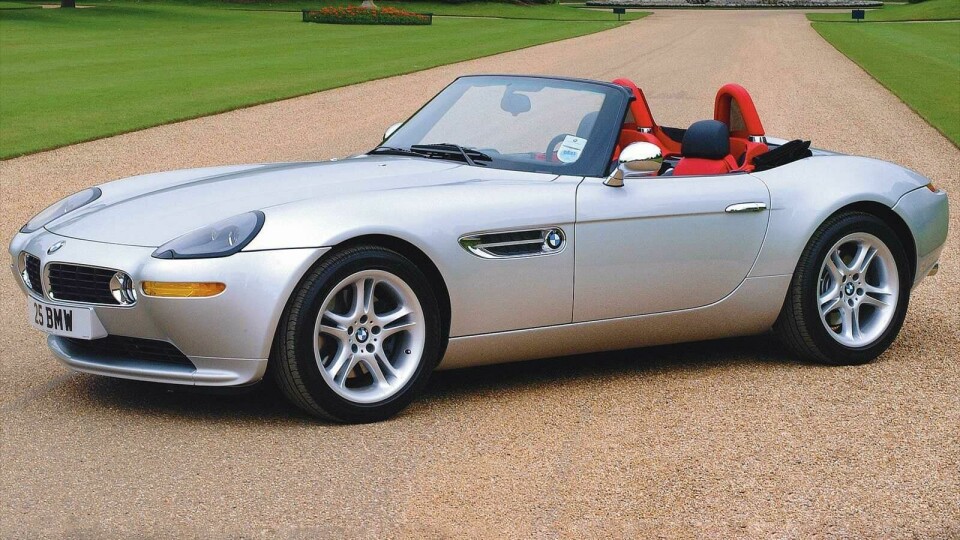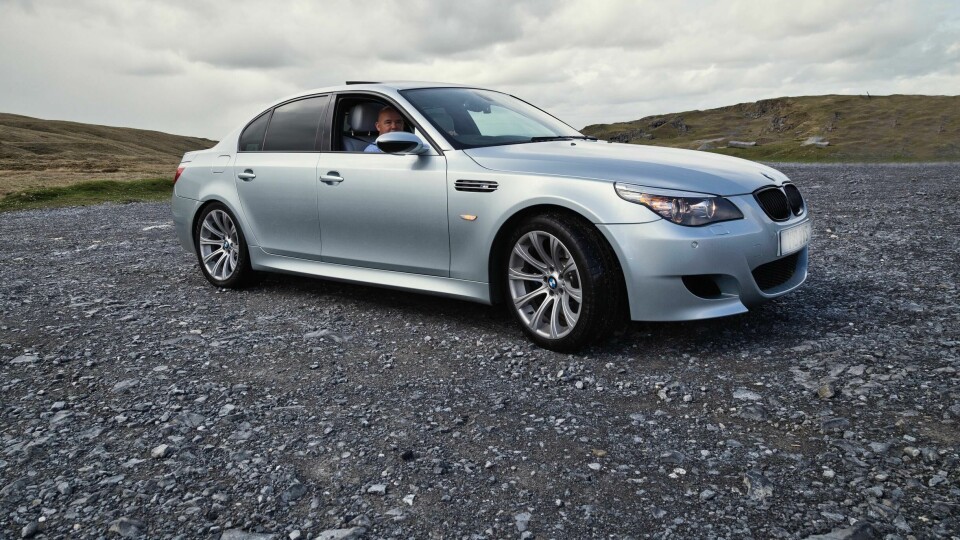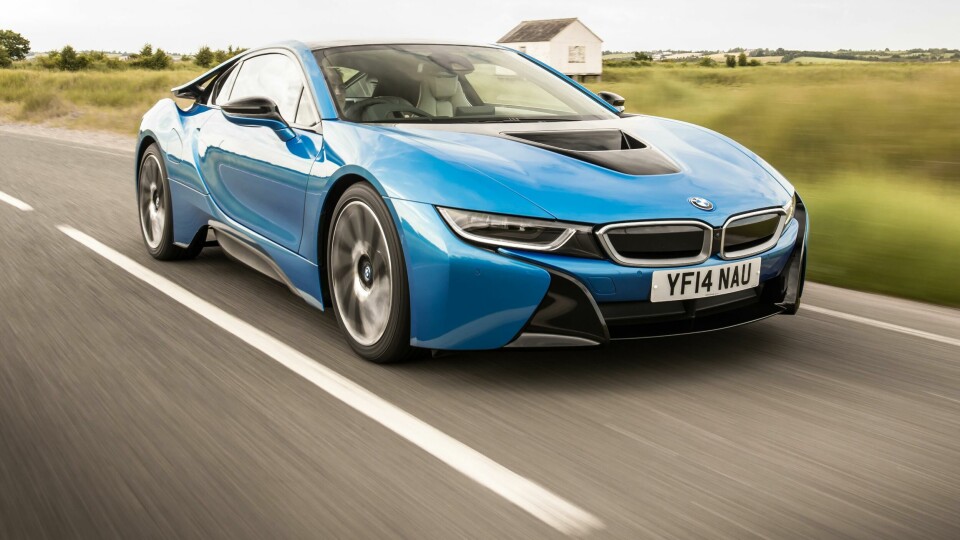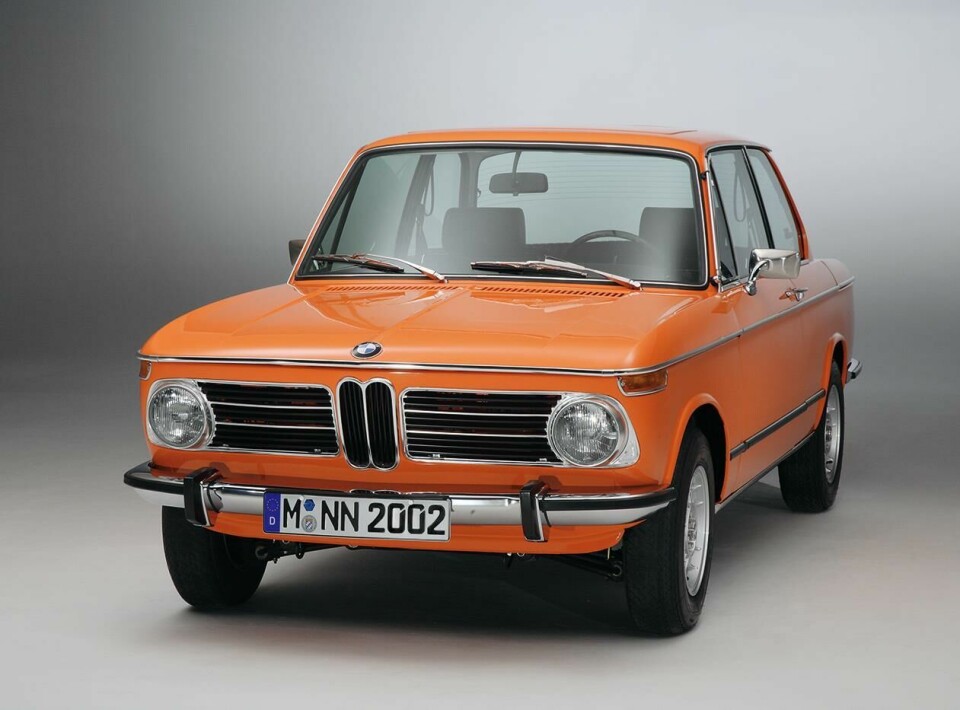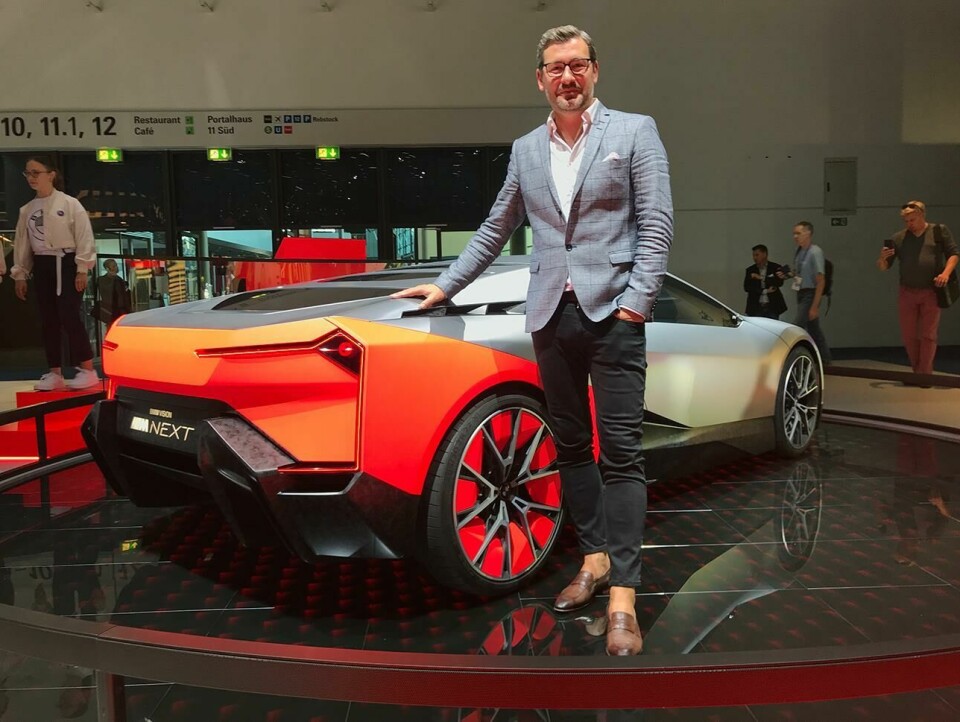
Design interview: Domagoj Dukec, BMW Head of Design
The design direction BMW is pursuing may be controversial but is quite deliberate, as we discovered when we spoke to the man recently promoted to lead it, Domagoj Dukec
CDN met Domagoj at the Frankfurt show to discuss the place of design in society, BMW brand identity, change, and the latest M concept, which was on the stand.
Dukec began his career in automotive at VW. After a couple of years, he shifted to PSA before moving to BMW in 2010 – all in exterior design roles. His knowledge of BMW’s history is thorough, as befits the company’s newly minted head of design (who reports to Adrian van Hooydonk). Following his appointment, and just before the Frankfurt show, BMW announced a huge re-organisation of its design department.
As Domagoj explained: “Now all brands sit under BMW [including the i and M sub brands]. I need a clear centre of competence for interior, exterior, etc. We have so many products and to deal with this complexity, I need experts, in colour and trim for example. I have still a chief designer for i and M, because they have to be all under the BMW shield but still retain the exclusivity of the sub brands.”
With his new team in place, Dukec describes BMW as being in a period of renewal, one which he asserts that the company has experienced many times before. “BMW is a brand who has no problem with transformation. It is the history of BMW – to always adapt to new situations, to society. There have been many of these moments in BMW’s history.”
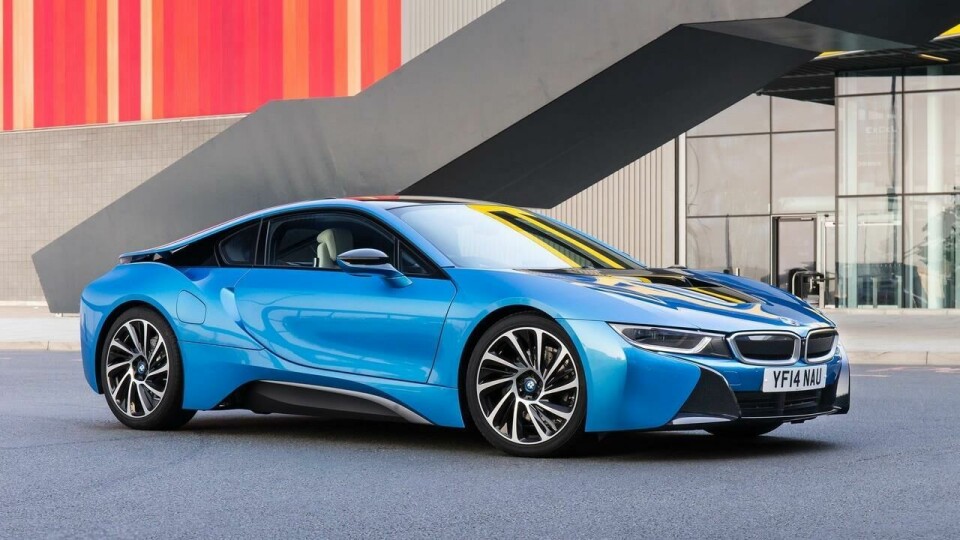
When the 2008 financial crisis hit the automotive industry, he describes a BMW which was still in F1 and making “big cars with big engines”. Then the i3 all-electric vehicle and i8 plug-in hybrid were shown at the 2009 Frankfurt motor show and went on to be on sale under a dedicated sub brand.
“Bringing in a sub brand [at that time] showed that BMW was dynamic – it is about much more than just driving fast. And this is something that I like, especially now in my new position, being responsible for an emotional and aesthetic perception of BMW as a brand, because design is much more than just a few lines. I want to really bring BMW to where it deserves to be: ahead of others.”
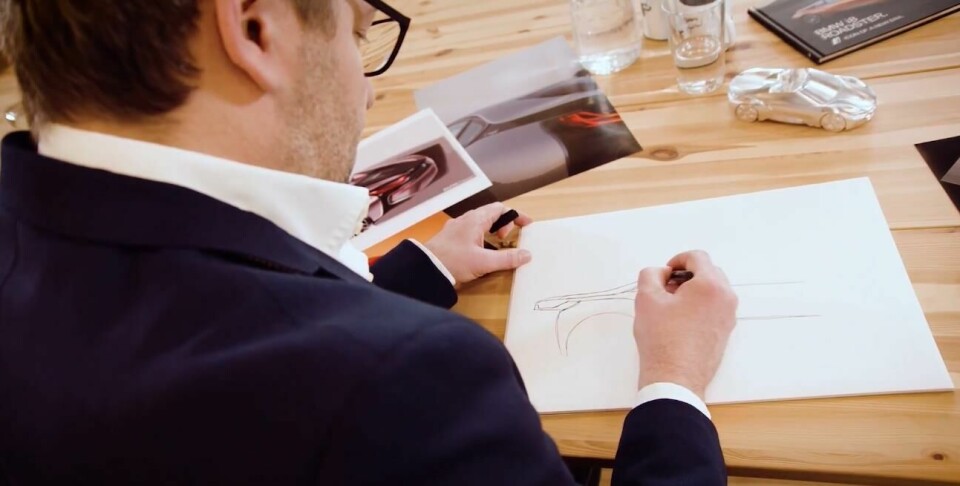
Dukec’s approach to automotive design is pragmatic. “Design is actually a contradiction to the car industry, where you have certain limits, you have so many compromises to make, but if you compromise in design, well, there isn’t anything worse for good design. But all our competitors face the same restrictions. To deal with those restrictions and to still make something very attractive, this is the puzzle.”
It is easy to forget how radical BMW has been over the years – particularly for a company that has been managed conservatively and in which a family still owns a large share. Dukec recalls the introduction of the iDrive controller in 2001 – the same year Apple launched the rotary controller ‘clickwheel’ to the iPod: “Everybody was saying, ‘this doesn’t work,’ but now there is no car which has a different user interaction – this round element. This is just one example of where BMW was really ahead of its time.”
BMW’s iDrive system was first (controversially) introduced on the 2001 7-series
The introduction of the driver-oriented cockpit on the first generation 3-series was also a powerful moment in automotive design, signalling BMW’s driver-focused approach, which still forms part of their design language. Undoubtedly, the company holds a very special place in the hearts of many people, CDN included, which could partly explain the naked hostility towards any attempt by the brand to change its design identity. But Dukec insists that BMW has always, quite deliberately – at least every two model generations – made profound design changes to beloved products.
Dukec recalls the reaction to the Bangle-era E60 (fifth generation 5-series, 2003): “It was much more revolutionary, throwing everything overboard. What we have done in the last two or three years, you can see some reactions, but now we live in a different time where people can express themselves differently, online…
“At that time, when the E60 came out, I remember my own reaction: headlights, all icons, were more or less gone, and I was shocked. But now, if you go on some BMW blogs, they think it is the best BMW ever.”
BMW 5-series 5th generation (E60)
The E60 notably brought the ‘flame surfacing’ design technique to executive sedans. The soft curves of the E39 [the fourth generation 5-series] were replaced with sharp edges, angular lights and a much more muscular look. At that time, Bangle’s E60 was hugely controversial, with petitions being organised to have Bangle dismissed.
“After Chris Bangle we had a time where we wanted to show people something different. They were a little bit shocked, and then we did some cars like the F10 where we became very successful, a leader of the segment.” The F10 5-series produced from 2010 to 2017 dispensed with the controversial ‘Bangle butt’ seen on several models of the E60’s era, but was more about evolution than revolution in terms of its design.
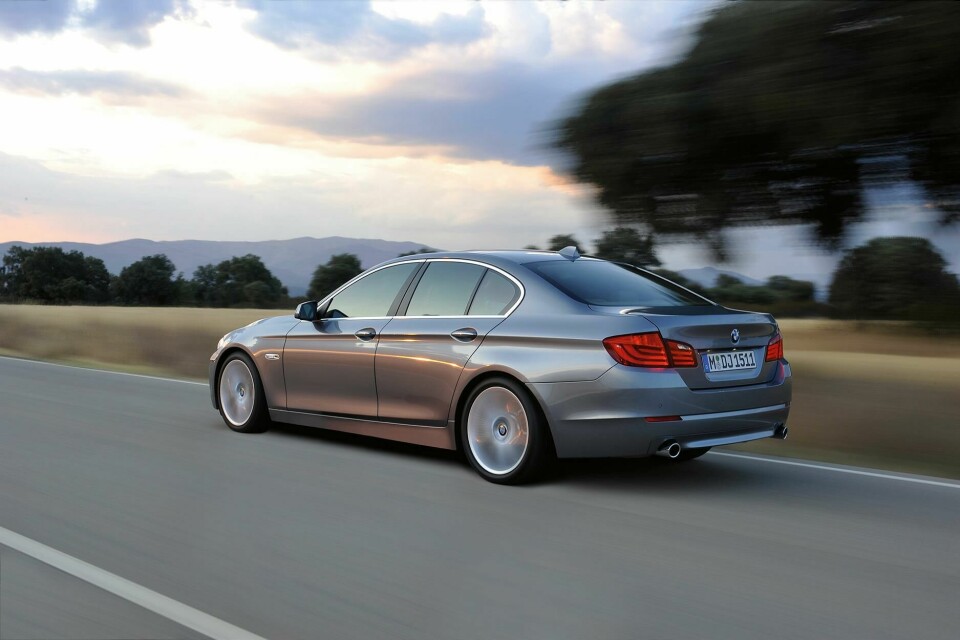
“Now we are doing the second-generation G30 [the latest generation 5-series],” says Dukec, “and people start to say: ‘OK but what’s next, what is happening?’. And this is always what happens. It is a dynamic where you have stability and then you have a bit of transformation, and now we are exactly in this epoch where we have to reinvent ourselves. Where we have to again give BMW a new face to show our customers that BMW hasn’t forgotten about its main competence, to be the leader. The strategy has to be done, but the vision is clear: in terms of design, BMW must lead, not follow.”
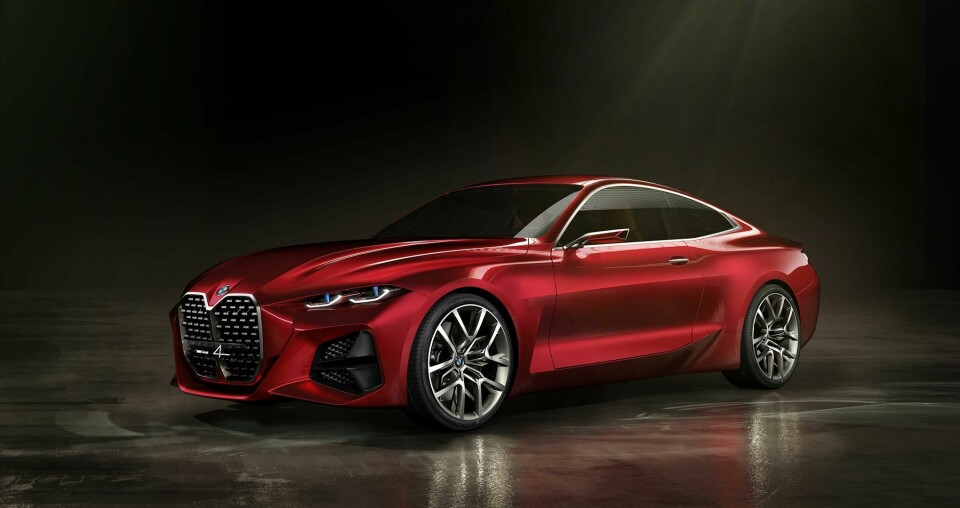
BMW has been subject to some fairly sustained criticism of late. The Frankfurt show saw the launch of a new look for the next 4-series with the controversial Concept 4, which sparked much online discussion around the treatment of the grille. Dukec acknowledges the public reaction to the changes being made to cherished models – but he is philosophical about it. “The perception outside the company is… if you are not in control you are always scared. If you change, [people think] ‘Oh my God, what are they doing’. Because everything is changing, and now, even my BMW is changing, so people are scared.”
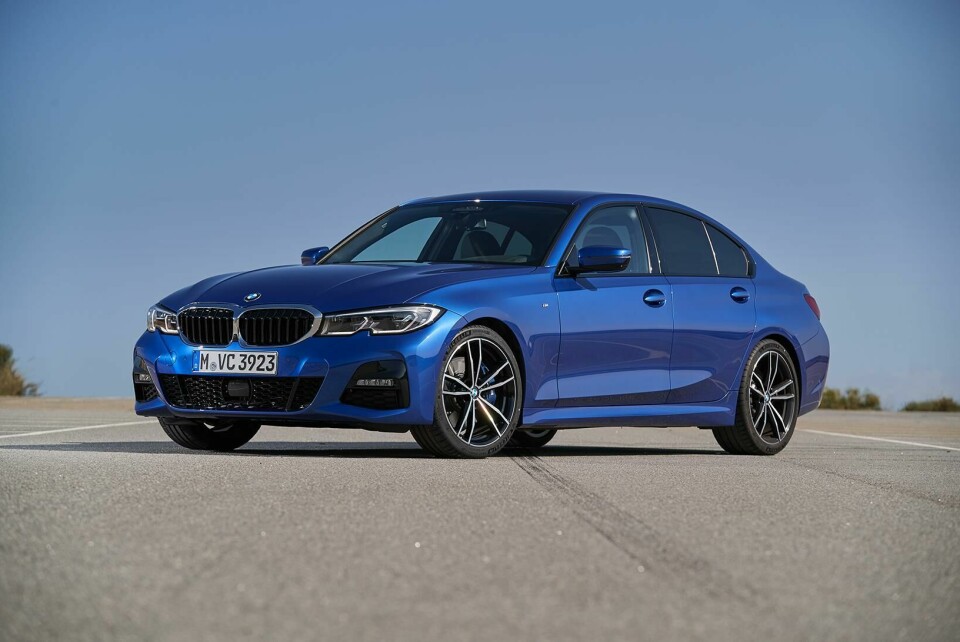
But he argues that design is not about quick wins and trying to please everyone. One of the designers on his team is Joji Nagashima, who worked on the E90 (fifth generation 3-series), the E39 and the Z3. Dukec cites him as an influence. “We talk about design and he is really wise. He worked also at Opel and others, and any car he did became very typical BMW but all three broke with what BMW was so far.”
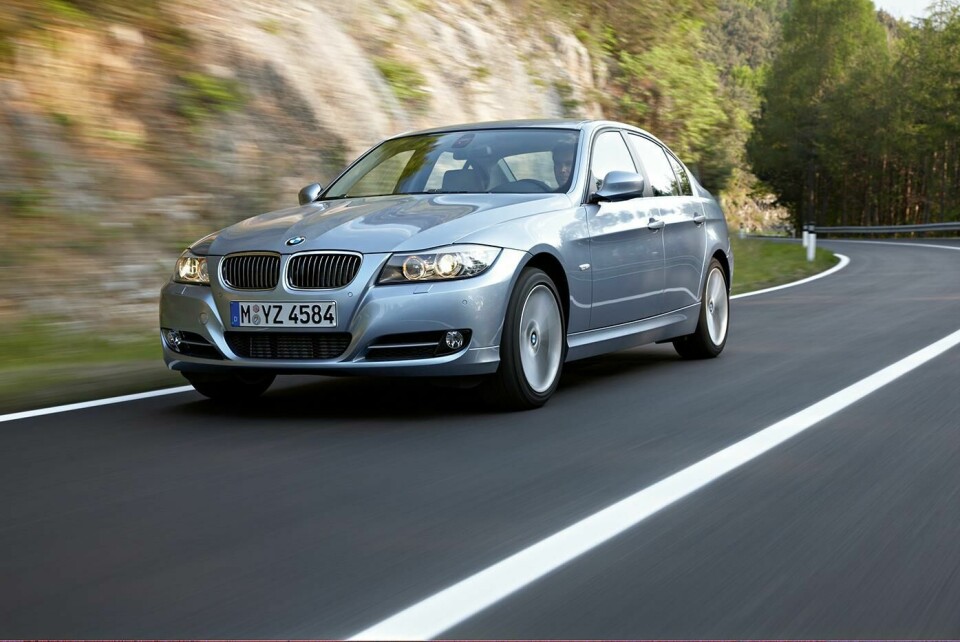
Nagashima’s E39 was very different to the previous model, the E34. “Design is not really about beautiful or ugly, because people may like or dislike it, but this is not the criteria. The criteria in good design is to make something with a unique character, something never seen, which doesn’t exist somewhere else. People’s connection to a brand is more than just the design.”
“BMW is what it is because it also drives how it drives. It is the whole brand identity, which is many different elements. In future, each of these elements will also always progress and always offer exactly what BMW stands for. We will progress, and this means that it will change, but it will change for good. People should just lean back and enjoy.”
